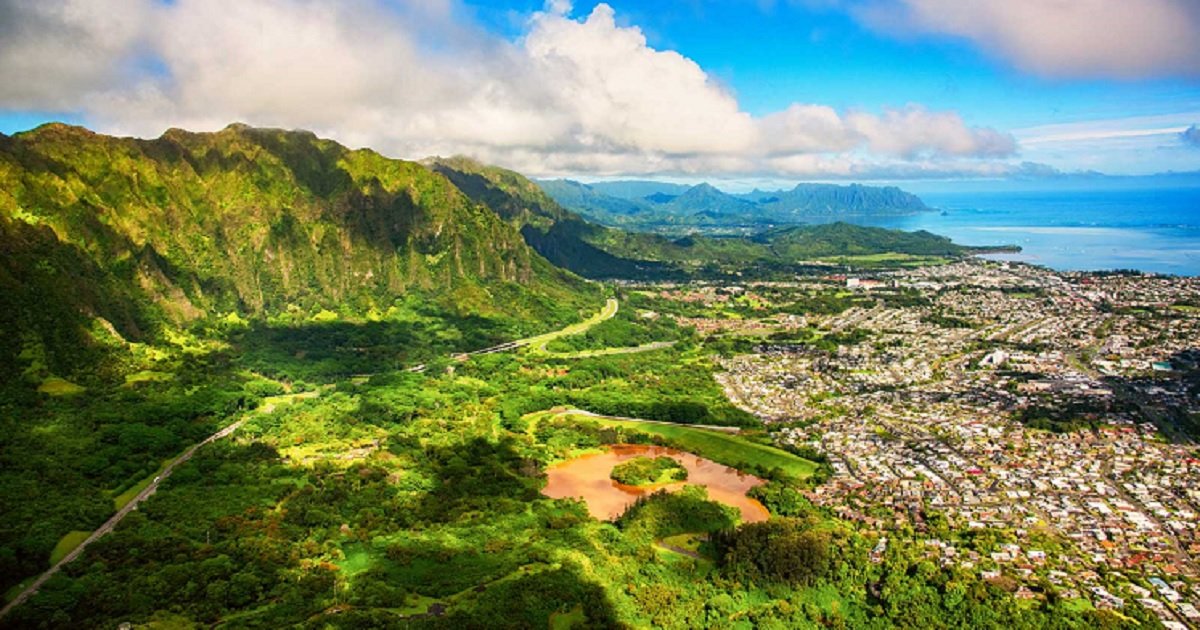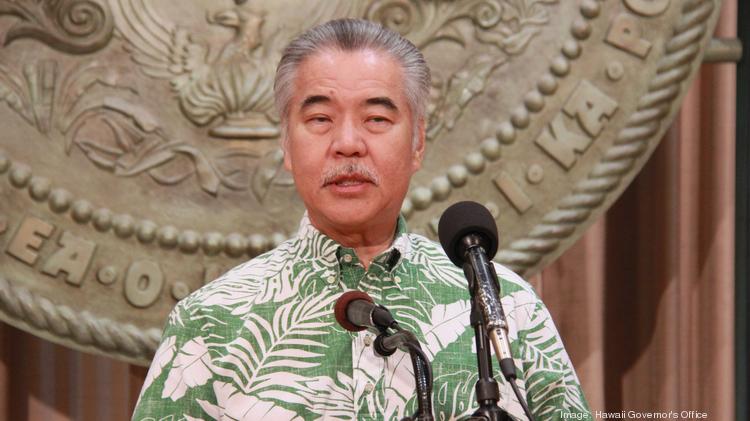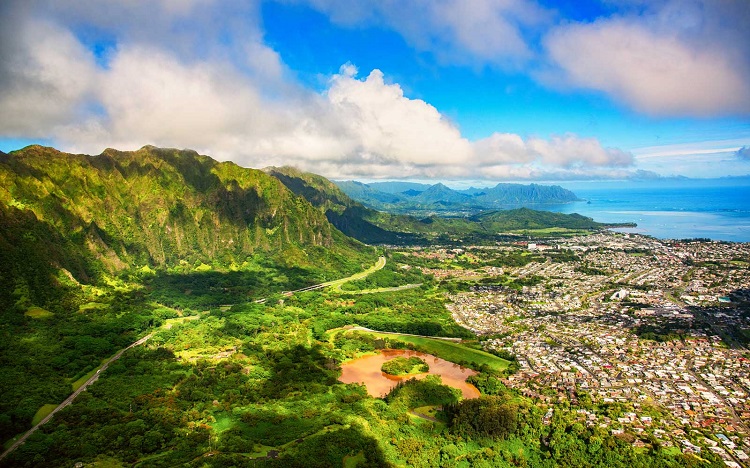Hawaii Governor David Ige announced on May 4 that the island state appears to have “flattened the curve” and has seen other positive results from social distancing.
Between Sunday and Monday, only one new COVID-19 case was recorded and no new cases on May 3.
“The numbers continue to look very good,” Ige said in a statement on Monday. “With only one new case announced today, we are confident that we have flattened the curve.”
Since February 28, Hawaii has tallied a total of 621 positive coronavirus cases with 17 deaths. This puts the island state at having the lowest case totals in the US with its relative isolation having benefited it in this regard.
Two other islands displayed similarly remarkable stats, Australia and New Zealand. New Zealand, which has a population shy of 5 million, went into lockdown in March and after weeks of minimal numbers reported no new cases on May 4. In Australia, with a population of 25 million, the rate of infection was similarly low. There were 25 new cases on May 5 and hasn’t had more than 26 new cases each day since April 19.
The two countries are even contemplating a “travel bubble” that would allow residents of Australia and New Zealand to fly to and from each other’s countries but not to any other international destination.
“Both our countries’ strong record of fighting the virus has placed us in the enviable position of being able to plan the next stage in our economic rebuild and to include trans-Tasman travel and engagement in our strategy,” New Zealand Prime Minister Jacinda Ardern said on May 4, reported The Washington Post.
Should the move push through, it will allow a revival of their tourism levels as well as their rugby rivalry.
Hawaii is also eager to reopen with Ige allowing several non-essential businesses like florists, car dealerships, and golf courses to resume business this week. But he also warned that should the second wave of COVID-19 infections occur, the decision will need to be reevaluated.
There is also the hope that the University of Hawaii can resume in-person classes once the school years starts on August 24.
“There is still great uncertainty but plans for the state are now taking shape and we have ourselves learned much over the last two months,” said the university’s president Dr. David Lassner. “Now, more than ever, the people of Hawaii need the opportunity to affordably engage in higher education to advance their careers and their lives.”
Replaced!




